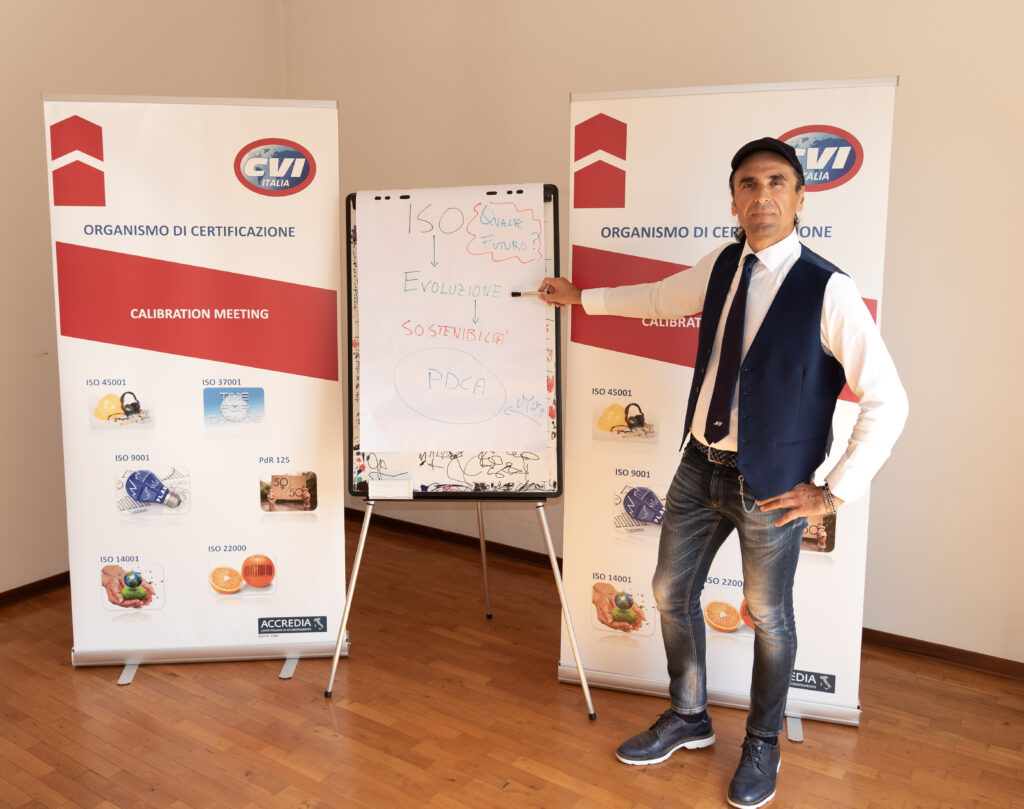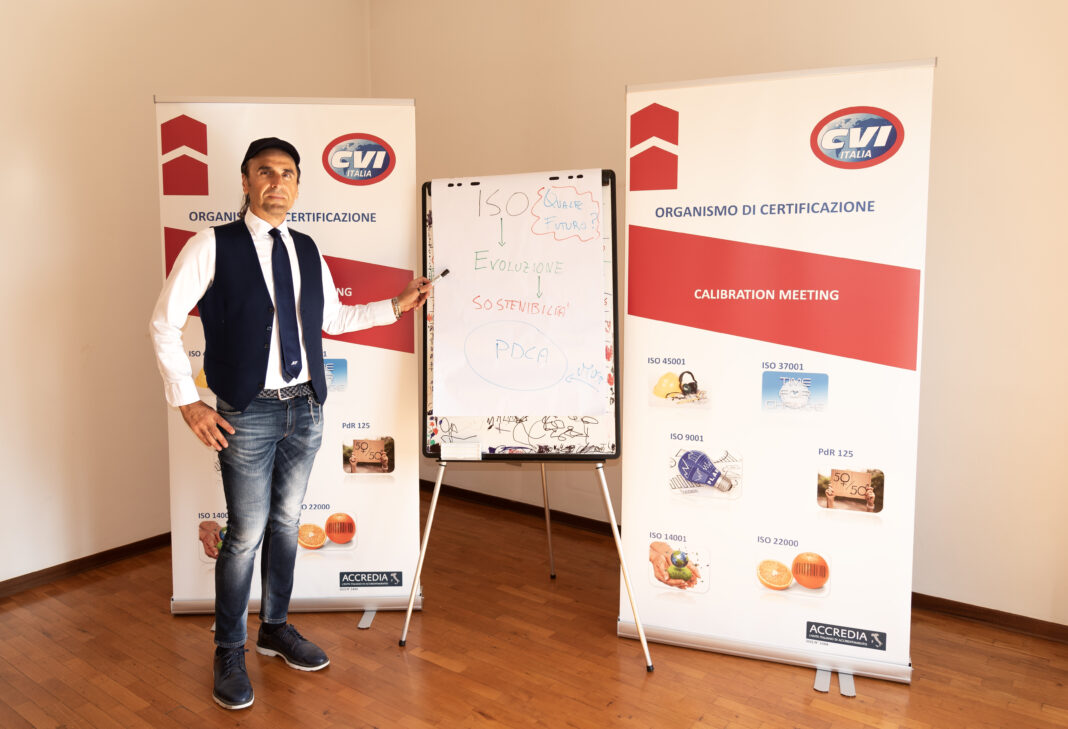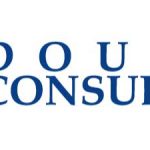The most recent editions of the ISO (International Organisation for Standardisation) standards undoubtedly present a strong potential for innovation as they represent a tool aimed at responding to increasingly stringent market demands in terms of quality, health and safety, environment, social responsibility and sustainability. In this interview, Dr. Manolo Valori – Technical Director of CVI Italia, the Italian branch of the Slovakian group CVI SRO, one of the most important realities in the field of voluntary certifications with international accreditation – examines the history of ISO standards and analyses the impact of their evolution on the industrial sector.
by Roberta Imbimbo

Dr Valori, when were the first ISO standards issued?
The first ISO standards date back to the post-war period, when there was a need to create common standards to facilitate international trade and ensure greater interoperability between companies in different countries. One of the first ISO standards, ISO 1, was adopted in 1951 to standardise length measurements used in mechanical engineering. Since then, ISO certifications have seen exponential growth, touching all major manufacturing sectors, from services to manufacturing, from technology to healthcare.
Why has there been a strong need to change ISO standards over time?
ISO certifications – which are undoubtedly one of the most effective tools for guaranteeing quality, safety and sustainability in a wide range of industrial sectors – represent an important attestation for a company that wants to differentiate itself from the competition, using the appropriate professional tools to prove the compliance of its business process management systems with precise internationally recognised standards. Having said that, it must certainly be emphasised that ISO are living and dynamic standards, always in step with the times. Over the years, therefore, they have changed DNA several times to respond to the changing needs of industries and emerging global challenges, such as digitisation, climate change and information security management. This evolution has not only transformed the way companies operate, but has also redefined standards of excellence on a global scale.
What was a key moment in the evolution of ISO standards?
One of the key moments in the evolution of ISO standards was the introduction in 1987 of ISO 9001, the quality management standard. This standard, famously perceived by the market as the mother of all management systems, redefined quality control and improvement processes in companies, focusing on customer satisfaction, waste reduction and process efficiency. From then on, companies started adopting ISO 9001, making it one of the most widespread and well-known standards in the world. In the 1990s, with an increasing focus on the environment, ISO 14001 was introduced, which specifies the requirements for an environmental management system. This standard marked a turning point in industry’s approach, promoting sustainable practices and greater ecological responsibility, prompting many companies to reduce their environmental impact, improve energy efficiency and minimise waste production.
With the arrival of the new millennium, ISO standards have begun to reflect new global concerns, such as information security and occupational health and safety.
Exactly! In 2005, ISO 27001, the standard for information security management, was introduced in response to the growing need to protect corporate and personal data in the digital age. This standard has had a major impact on certain industries such as technology, finance and e-commerce, where information security has become crucial. In 2018, ISO 45001 replaced the old OHSAS 18001 standard, marking a new approach to occupational health and safety management.
How is digital transformation influencing the evolution of ISO standards?
Companies are increasingly moving towards integrated management systems, using technologies such as artificial intelligence, cloud computing and the Internet of Things (IoT) to improve operational efficiency and better manage risks. ISO 27001 has become central in this context, as data protection and cyber risk management are crucial in the digital age. At the same time, new standards such as ISO 56002, concerning innovation management, reflect the need to create flexible and creative structures within companies to adapt to rapid technological changes.
What has been the impact of this evolution on large industries?
It has been profound, transversal and a harbinger of significant innovation, as the new standards have been embedded in a profoundly changed historical, social and economic context. The adoption of more advanced international standards has not only improved the quality of products and services, but also increased the competitiveness of companies in global markets. ISO standards have facilitated the creation of safer and more responsible supply chains, contributing to the reduction of trade barriers between countries.
What about the impact on SMEs?
In an increasingly competitive economic landscape, SMEs – which represent 95.6 per cent of the Italian entrepreneurial fabric – are called upon to implement increasingly innovative strategies to increase their market position. Considering the pivotal role they play in the national economy, they therefore need to integrate appropriate tools that support their growth and process optimisation. The ISO standards – designed with a high degree of flexibility and adaptability precisely to be suitable for organisations of all sectors and sizes – can certainly successfully contribute to providing that injection of managerial skills needed to optimise and continuously improve their operations, avoiding the organisational rigidities of large companies.
What will be the future of ISO standards?
The evolution of ISO standards does not stop. With the increasing focus on sustainability and innovation, future certifications will probably focus more and more on corporate social responsibility and the adoption of green technologies. Furthermore, with the rapid digitisation of global economies, ISO standards will continue to evolve to address new challenges related to data protection, artificial intelligence and global risk management. In conclusion, ISO certifications, with their ability to adapt and respond to market needs, will continue to be a central pillar for improving business performance and achieving global standards of quality, safety and sustainability.






















































